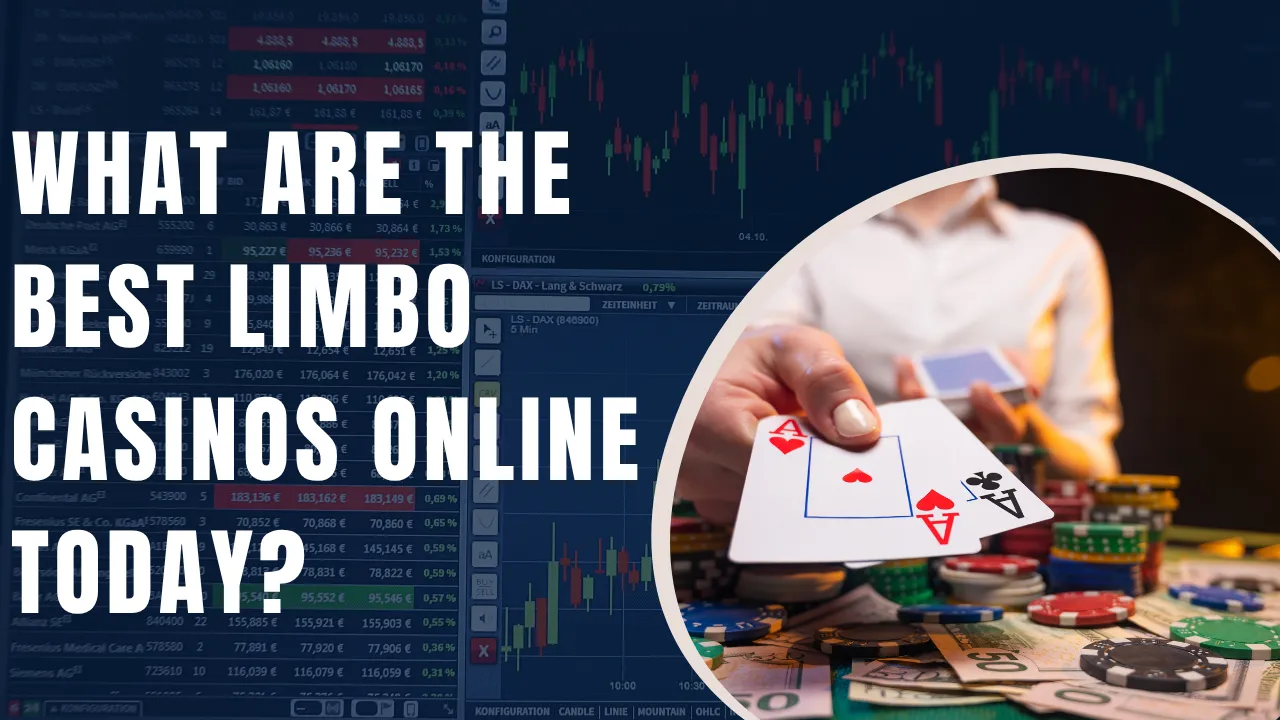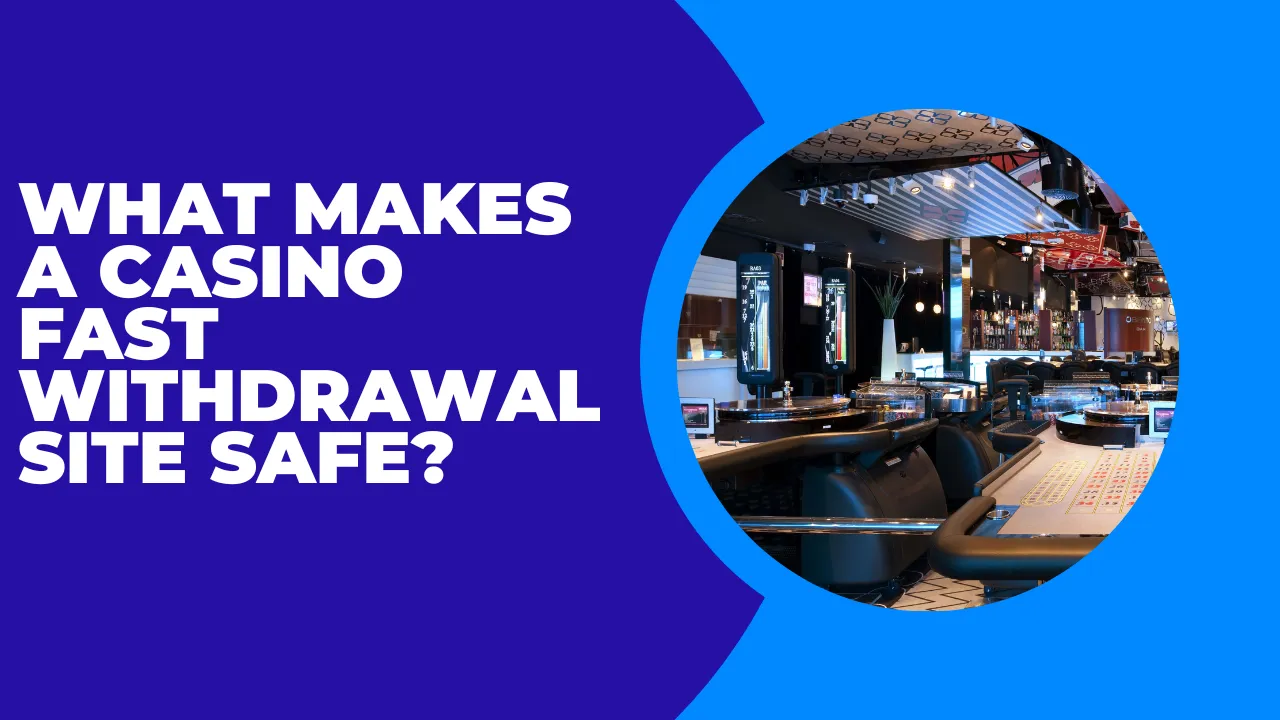Self-exclusion has emerged as one of the most important tools for responsible gambling, empowering players to pause or completely halt their activity on various online casino platforms. Whether you’re a casual player or someone learning the ropes of risk management, understanding self-exclusion can safeguard your mental health and finances. In this post, we’ll explore the concept of self-exclusion, how it works in practice, real-world experiences from people who’ve used it, and how it ties into broader discussions around responsible gaming—especially at UK online casinos not on GamStop.
How Self-Exclusion Works
Self-exclusion is essentially a formal request by a player to have their gambling account suspended by the casino or betting operator for a predetermined period of time. During this period, the player cannot log in, place bets, or withdraw funds. The process usually begins by visiting the casino’s responsible gaming section, verifying identity, and filling out a self-exclusion form that outlines the length of exclusion—ranging from a minimum of six months to multiple years or even a lifetime ban.
When you opt into self-exclusion, the operator updates your profile in their database. From that moment on, any attempt to access your account is blocked automatically. Some jurisdictions mandate that self-exclusion details be shared across an entire network of regulated sites, while other operators—particularly those operating at UK online casinos not on GamStop—may have their own independent self-exclusion registers. However, regardless of the network’s scope, the central principle remains: once you choose to self-exclude, you should not have the means to gamble on that platform until the ban expires or you formally apply for reinstatement (which often requires proof of counseling or financial assessments).
The Origins of Self-Exclusion Programs
The idea of self-exclusion isn’t new. It began in physical casinos during the 1990s as a response to growing awareness about problem gambling. Early programs allowed players to walk up to a casino cage, sign a form, and request that they be banned. By the 2000s, many jurisdictions mandated that all land-based casinos maintain self-exclusion registers. When online gambling exploded in popularity, software developers adapted these systems for digital platforms.
In the United Kingdom, the introduction of GamStop in 2018 marked a significant evolution. GamStop is a free, national self-exclusion scheme that allows players to exclude themselves from all licensed UK online gambling operators in one go. Yet some players seek alternatives outside the GamStop network—either because they prefer offshore options, different gaming portfolios, or incomplete coverage of GamStop-registered sites. This is where choices related to UK online casinos not on GamStop come into play. While these casinos still offer self-exclusion options, the process operates within the operator’s own framework rather than a collective database.
Why Players Choose Self-Exclusion
For many players, self-exclusion isn’t just about “taking a break.” It can be a crucial step for managing addiction or escaping cycles of chasing losses. I remember speaking with a friend—let’s call her Sara—who had a routine of logging in after a stressful day at work. Sara admitted that she’d hit a point where the minutes she spent scrolling through slot games turned into hours of chasing a “big win” that never came. She was aware of GamStop but chose to self-exclude directly through her preferred casino’s system because she feared committing to a lifetime ban on all UK sites. That targeted approach allowed her to focus on one platform while retaining the freedom to explore other hobbies. Over time, she found that eliminating easy access significantly reduced her impulsive urges.
Some users appreciate the immediate effect. The moment you click “Confirm” on the self-exclusion form, you know you can’t gamble for the next six months or year—or forever, depending on your choice. Others, however, struggle to follow through with the process. Some tech-savvy players might create alternate accounts or try different operators, which is why reputable sites employ robust identity checks. Moreover, most regulated platforms closely monitor self-excluded players; if you attempt to reopen an account, the operator should flag your information and prevent you from reentering.
How to Initiate Self-Exclusion
Every operator has its own procedures, but the general steps are remarkably similar:
First, you navigate to the responsible gaming or safer gambling section of the website. There, you’ll see self-exclusion as one of several available tools, alongside deposit limits, session reminders, and reality checks.
Second, you verify your identity. Most sites require you to provide at least two forms of identification—such as a government-issued ID and a utility bill—to prove you the account owner. This step prevents someone from excluding the wrong person.
Third, you select your exclusion period. Some sites let you choose from options like six months, one year, or five years. Many also include a “permanent exclusion” with no automatic reinstatement.
Finally, you confirm the request. At that moment, the casino’s system marks your account as “locked.” Any login attempt triggers a message informing you that you have an active exclusion.
Onshore operators that participate in comprehensive schemes, like the UK Gambling Commission’s self-exclusion register (GamStop), will also add your details there. But if you’re exploring UK online casinos not on GamStop, your exclusion remains internal to that site’s system. That means you’ll need to request self-exclusion separately at each operator if you switch platforms down the line. For example, although GamStop covers most licensed sites in Great Britain, some offshore operators might not be on that list, so a direct self-exclusion request there won’t affect your GamStop status.
Real-Life Impact and Personal Stories
To illustrate how potent self-exclusion can be, I want to share a story from a colleague, James, who discovered he was losing thousands per month. He was skeptical at first—he thought, “I can quit anytime.” But after one particularly bad week, he recognized the need for a safety net. James set a one-year exclusion at his favorite poker and sports betting site. Within days, the urge to reload his account dissipated because even if he wanted to log in, he couldn’t. That sense of control empowered him to seek professional help and find healthier stress outlets like running and reading.
Then there’s Anna, a university student who impulsively posted large sums on roulette games. She had heard about GamStop but did not want to limit herself to just UK-licensed operators; she enjoyed playing at certain offshore sites offering unique game libraries. She opted to ban herself at each of her preferred offshore sites by emailing their support teams directly. While the process was slightly more manual—she had to send identification each time—she appreciated that these sites honored her requests promptly and removed her from marketing lists. Over time, she realized that a comprehensive approach—combining self-exclusion with deposit and loss limits—was the only way to regain control.
Common Misconceptions About Self-Exclusion
One frequent myth is that self-exclusion is simply an overnight solution that doesn’t address the underlying issues of gambling addiction. While it’s true that self-exclusion alone doesn’t cure addictive behavior, it does play a crucial role in a broader strategy. Think of it as a door—when you shut it, you prevent yourself from walking into the casino. However, you also need to work on why you were walking in, whether it’s emotional triggers, financial stress, or peer influence.
Another misconception is that self-exclusion automatically applies to every online casino worldwide. If you join a nationwide register like GamStop, you’re covered for all licensed UK operators. But if you frequent offshore sites not on GamStop, you must exclude yourself at each one individually. That’s why it’s important to read terms carefully: Some operators offer “global” exclusion options in partnership with international advocacy groups, but these networks aren’t as widely adopted as GamStop.
Finally, many people think self-exclusion means forfeiting funds in their account. In most reputable casinos, any remaining balance is held safely, and you can request a full withdrawal during the inactive period. The casino will simply refuse any betting attempts. That access to funds can be crucial if you need to settle debts or cover living expenses without stress.
The Role of Regulatory Bodies
Regulators like the UK Gambling Commission require licensed operators to implement and advertise self-exclusion tools prominently. These bodies conduct periodic audits to ensure casinos comply: for example, they verify that self-exclusion requests are processed within 24 hours and that marketing communications are halted immediately once a player opts out.
In contrast, UK online casinos not on GamStop may be licensed in jurisdictions with less stringent oversight—or no oversight at all. That’s why you might see prominent “self-exclusion” links on their website footers, but the actual enforcement could vary. To safeguard yourself, always confirm how long it takes for your self-exclusion request to take effect, whether it covers all related brands under the same operator umbrella, and whether you can still withdraw your remaining funds. If you see any ambiguity or partial coverage, it might be a red flag to choose a more transparent, regulated site.
Practical Tips for Effective Self-Exclusion
First, be honest with yourself about which sites you use. If you’re unsure, go through your browser history and note down each operator. Then, visit each site’s responsible gaming page and initiate a self-exclusion request. Don’t forget to include mobile apps; sometimes apps have separate settings menus for self-exclusion.
Second, document your request. Take screenshots of the confirmation page or save any email you receive. This documentation can be helpful if the operator inadvertently reinstates your account or sends promotional emails later.
Third, lean on additional tools. Most operators let you set deposit limits, loss limits, and session time reminders. Combining these limits with self-exclusion creates layers of protection. For instance, you might set a daily deposit limit of £20 while also requesting a six-month downtime.
Fourth, lean on support networks. Organizations like GamCare, Gamblers Anonymous, or regional hotlines provide counseling and peer support. Even if you’ve chosen to self-exclude at offshore sites, these independent resources remain accessible. Talking to someone who truly understands the struggle can make a tremendous difference.
Fifth, consider financial controls. Many banks and credit card providers now allow you to block gambling transactions. If your casino accepts e-wallets or cryptocurrencies, you might need to self-exclude there as well. Comprehensive exclusion means covering every possible entry point.
What Happens After You Self-Exclude
Once you request self-exclusion, the immediate effect is the most visible: your account is locked. But the real impact extends beyond that. Ideally, you’ll remove the casino app from your phone and avoid any second-guessing. As days turn into weeks, you might notice your cravings subside, especially when you start replacing that time with healthier habits. If you do slip and attempt to log in, the rejection message can serve as a wake-up call.
At the end of your chosen period, some operators require a cooling-off period before you can request reinstatement. You might need to fill out another form, undergo a counseling check, or complete a financial assessment. These extra steps are not meant to punish you—they’re there to ensure you have coping strategies in place and aren’t relapsing into harmful behavior immediately.
For players excluded under national schemes like GamStop, reactivation is more complex. GamStop’s rules demand a minimum exclusion period of six months; afterward, you must notify the scheme’s administrators of your intent to return. They’ll remind you of the risk factors, share self-help resources, and then process your request. Only once they confirm can you access any licensed UK operator again.
Balancing Freedom and Safety
Critics argue self-exclusion might infringe on a person’s right to gamble freely. After all, adults should have autonomy. The counterargument is that self-exclusion is entirely voluntary—no one can force you to exclude yourself. Instead, it empowers you to exercise control when self-awareness demands it. Many seasoned gamblers view self-exclusion as a mark of maturity: recognizing when your relationship with gambling is not healthy and taking concrete steps to address it.
Moreover, operators that penalize or shame players for self-excluding risk significant reputational damage. The happiest customers of a casino often aren’t the big high rollers but those who feel respected and protected. When a platform offers robust self-exclusion tools, transparent terms, and visible customer care, it builds trust. In turn, that trust fuels customer loyalty, referrals, and positive reviews—creating a virtuous cycle that benefits everyone.
Evaluating Self-Exclusion Against Other Tools
Self-exclusion is one piece of the responsible gaming puzzle. Other tools include mandatory reality checks—pop-up messages reminding you how long you’ve been playing—deposit limits that cap your daily top-up, loss limits that halt betting if you exceed a certain amount, and time-out features that freeze your account for short intervals (like 24 hours).
While time-outs can curb a fleeting urge, self-exclusion is for deeper, more intentional breaks. If you’re simply feeling tired and want to step away for an hour, a time-out might suffice. But if you find yourself logging on daily, chasing big wins, and struggling to quit even when the balance is dwindling, self-exclusion offers a firmer boundary. In practice, I’ve known players who tried deposit limits but eventually found ways around them—like shifting money between multiple sites. With self-exclusion, that option is removed entirely for the chosen period.
Importantly, self-exclusion doesn’t exist in a vacuum. Combining it with behavioral therapies, peer support, and financial counseling maximizes its effectiveness. Think of it as a multi-layered defense: self-exclusion stops immediate play, deposit limits weaken long-term compulsion, and counseling addresses root causes.
What to Watch Out for at Offshore Sites
If you ever explore UK online casinos not on GamStop, remember that self-exclusion might not be part of a grand network. Some offshore operators have patchy enforcement—perhaps their customer service acknowledges your request, but their back-end systems may not link seamlessly to every brand under their umbrella. Always confirm the scope: does self-exclusion apply to sister casinos? If not, clarify whether you need to submit separate requests.
Additionally, check if you can still deposit funds via alternative payment methods. Some operators allow credit card deposits, e-wallet top-ups, or crypto transfers. If your self-exclusion only locks your main account, you might inadvertently find another access route. A thorough read of terms and conditions, or a direct conversation with support, can reveal hidden loopholes. A truly reputable offshore operator will walk you through each step, verifying that your attempt to gamble ends in a firm “no” for the chosen duration.
Final Thoughts: Empowerment Through Choice
At its core, self-exclusion is not about restricting freedom; it’s about expanding personal agency. By consciously stepping away, you’re choosing to live on your terms, rather than under the thumb of an impulsive urge. Whether you dip your toes into online poker, sports betting, or slot machines, knowing that self-exclusion is there should give you the confidence to enjoy gambling as entertainment rather than a compulsion.
If you’ve ever wondered whether you—or someone you care about—might benefit from this tool, I encourage you to explore your preferred platform’s responsible gaming section right away. Start by setting a small time-out, see how it feels, and then consider a longer self-exclusion if necessary. And if you want to explore platforms operating outside GamStop, remember to conduct self-exclusion at each offshore site individually while staying mindful of broader support resources like GamCare or Gamblers Anonymous.
Self-exclusion is a sign of strength, not weakness. By taking that step, you claim control over your actions and create space for healthier routines, relationships, and peace of mind. And whenever you decide you’re ready to return, you’ll reenter the community with newfound clarity and resilience.




